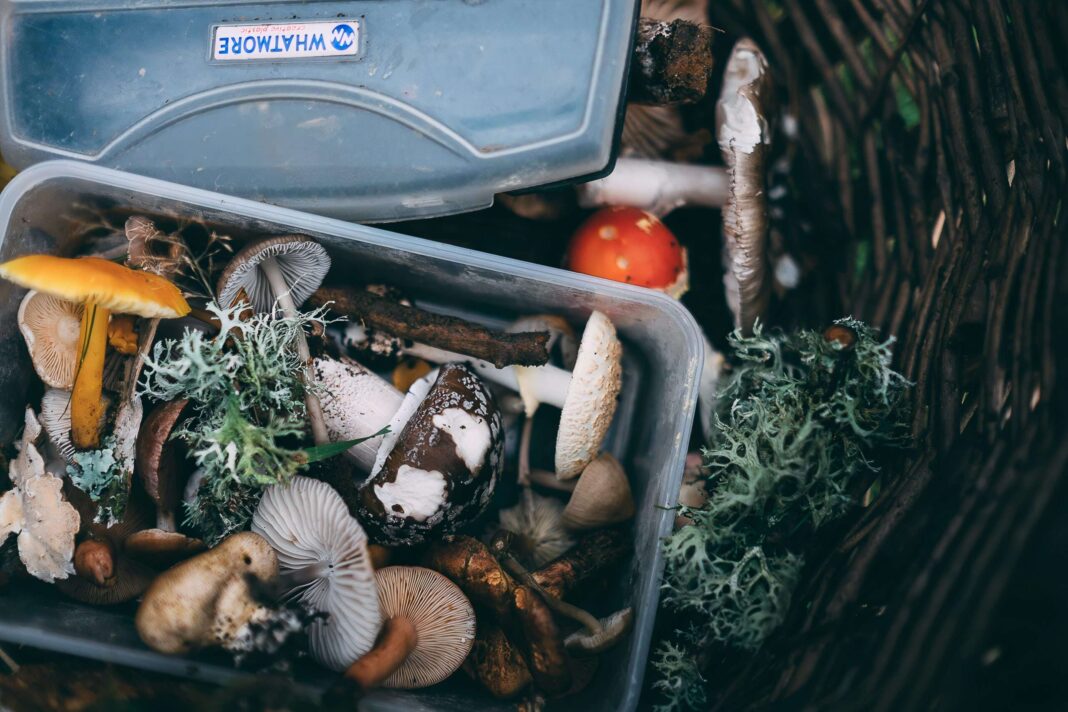Foraging, the act of gathering wild plants for food, has been practised for centuries by our ancestors. In recent years, this age-old tradition has made a comeback as people rediscover the benefits of connecting with nature and the abundance of edible plants that surround us.
One of the greatest advantages of foraging is the opportunity to enjoy fresh, organic food that is readily available in our natural environment. Wild plants are often more nutritious than their cultivated counterparts, as they have adapted to survive in diverse conditions and are rich in essential vitamins and minerals.
When foraging, it is important to have a basic understanding of the plants you are looking for. Here are some common wild plants that you can safely incorporate into your diet:
- Dandelion: Often considered a weed, dandelion leaves can be used in salads or cooked as a nutritious side dish. The flowers can also be used to make dandelion tea.
- Nettle: Despite its stinging reputation, nettle is a highly nutritious plant. Its leaves can be cooked and used in soups, stews, or even as a substitute for spinach.
- Rose hips: These bright red fruits are packed with vitamin C and can be used to make jams, jellies, and herbal teas.
- Wild garlic: The leaves and bulbs of wild garlic have a strong, pungent flavour and can be used in a variety of dishes, including pesto and soups.
- Elder flower: The delicate white flowers of the elder tree can be used to make refreshing cordials, syrups, and even wine.
Foraging not only provides access to unique flavours and textures, but it also encourages a deeper connection with the natural world. It allows us to slow down, observe our surroundings, and appreciate the beauty and abundance of the plants that grow around us.
It is important to remember that not all wild plants are safe to eat, and proper identification is crucial. If you are new to foraging, it is recommended to learn from experienced foragers or consult reliable resources such as field guides or local experts.
Before embarking on a foraging adventure, make sure to follow these guidelines:
- Respect the environment and only take what you need.
- Do not forage in polluted areas or places where pesticide use is prevalent.
- Be mindful of protected or endangered species and avoid picking them.
- Wash all foraged plants thoroughly before consuming them.
Foraging is a rewarding and sustainable way to incorporate wild plants into our diets. It allows us to reconnect with nature, diversify our culinary experiences, and enhance our overall well-being. So, why not grab a basket and explore the world of wild plants?








